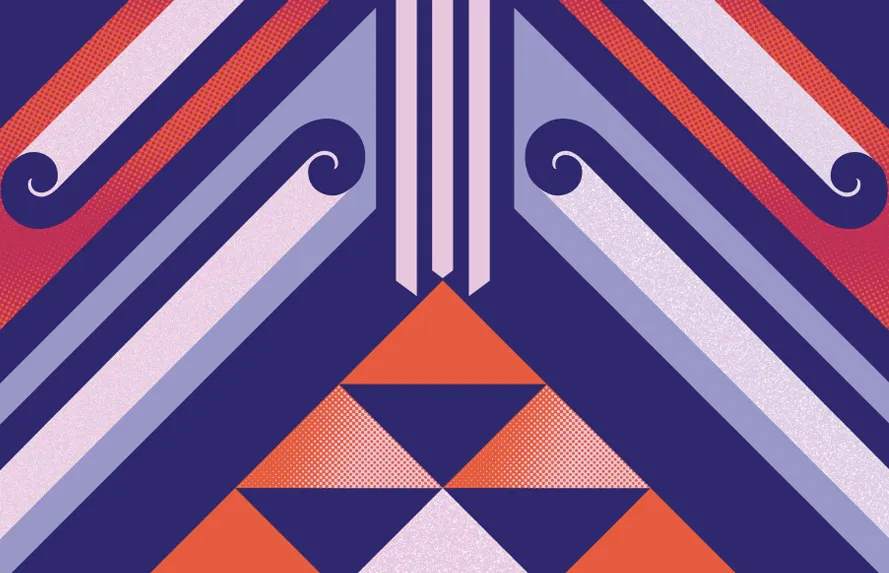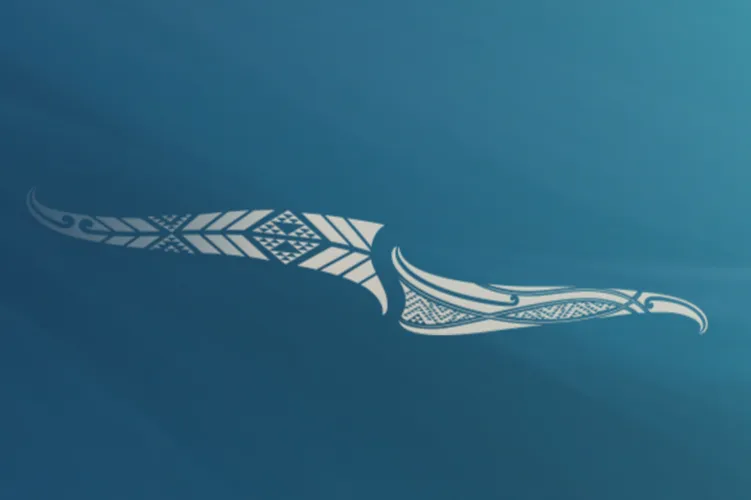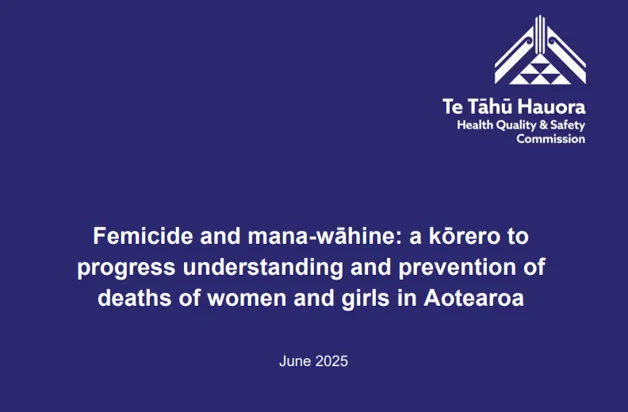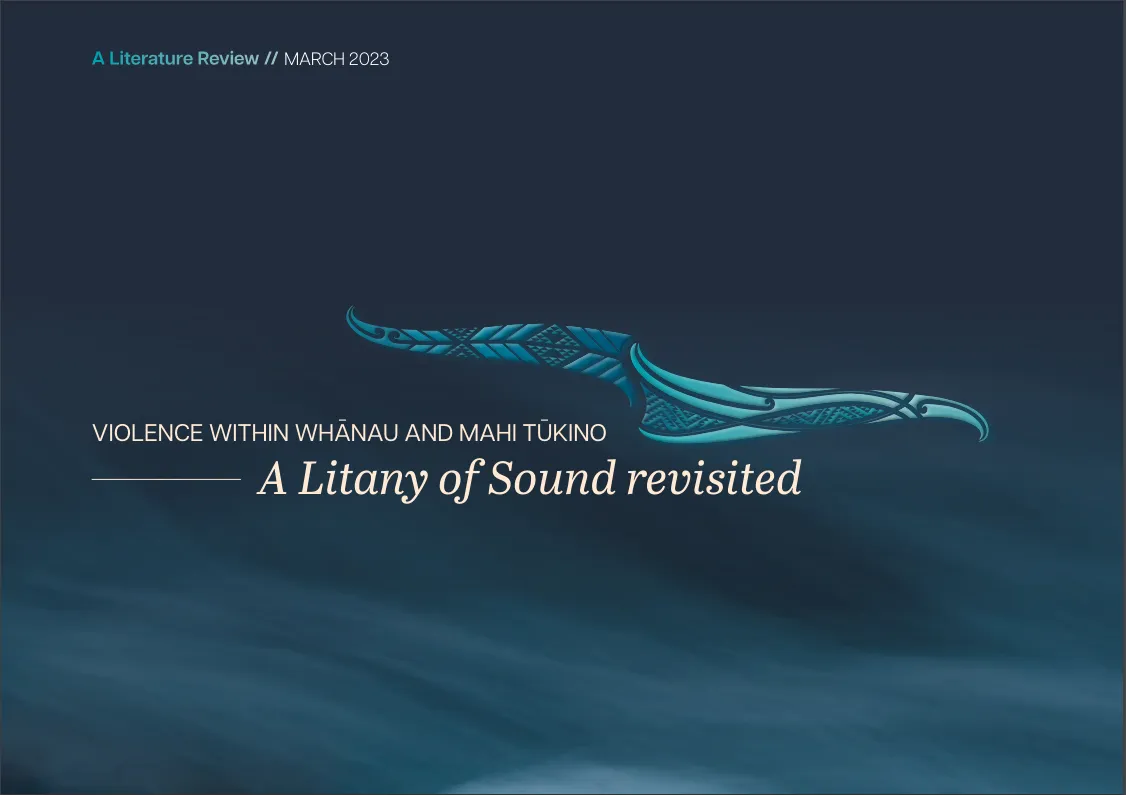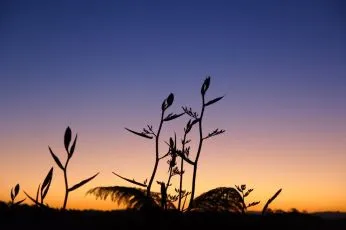New Vine publication explores suicide prevention for wāhine and kōtiro Māori
10
July
2025
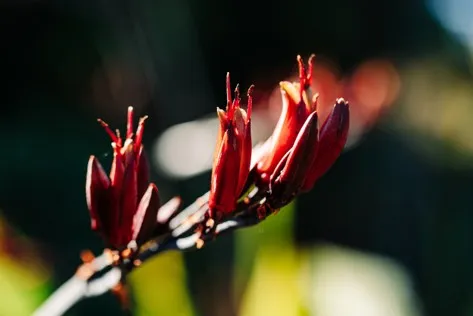

Me aro koe ki te hā o Hineahuone
Pay heed to the mana and dignity of Māori women
A report recently published by Vine, highlights the disproportionate rates of suicide for wāhine and kōtiro Māori compared with non-Māori women and girls and how this inequity contributes significantly to the current health and wellbeing disparities that they experience.
The report, Whanaungatanga: Creating opportunities that support wāhine and kōtiro Māori from kāhupo to mauri ora (2025), written by Dr Terry Dobbs (Ngāpuhi, Te Rarawa), applies a kaupapa Māori lens to explore prevention and solution approaches that will support the reduction of death by suicide among wāhine Māori (Māori women) and kōtiro Māori (Māori girls) in Aotearoa. It draws attention to manaaki opportunities – opportunities to support, take care of, show respect and generosity towards, and care for wāhine and kōtiro who may be at risk of suicide.
Dobbs writes that:
“An imperative for Māori suicide prevention is to develop a kaupapa Māori lens that elevates Māori experiences, cultural narratives and healing traditions in a way that advances rangatiratanga (self-determination and leadership). Through this lens, the wellbeing of every person is the concern of the entire collective. Recognising mana-wāhine and mana-kōtiro (prestige or dignity of women and girls) is also key to preventing suicide among wāhine and kōtiro.”
The report is divided into four wāhanga (sections):
- Te ao Māori;
- Mātauranga Māori and suicide prevention;
- Possible responses to wāhine and kōtiro suicidality; and
- Prevention practices
Dobbs highlights that since 1998, Aotearoa has developed successive strategies for suicide prevention and models of suicide prevention and intervention that have been seen to support building the capacity and capabilities of Māori communities to respond to suicide. However, none of these provide specific recognition of colonisation’s impacts on mana- wāhine and mana-kōtiro Māori.
She argues that:
“Māori continue to be making an overwhelming call for change to suicide prevention and intervention strategies, policies and practice. Colonisation has had a pervasive and persistent impact on Indigenous women and kōtiro in settler-colonial states (Ansloos, 2018a; Dudgeon et al., 2016; Goebert et al., 2018). This impact arises not only from a historical event but also through a structure that continues to be a root cause of kōtiro and wāhine suicide. Racism compounds this experience, contributing to over-representation of Māori who suicide.”
The report concludes that:
- Tino rangatiratanga, as guaranteed in Article Two of Te Tiriti o Waitangi, is essential to a response from within te ao Māori to wāhine and kōtiro suicide. “Self-determination is an overarching call, with solutions to suicide prevention being anchored within whānau, hapū, Iwi and hapori Māori.”
- ‘By Māori for Māori’ responses are needed at all levels of engagement and leadership.
- Aotearoa needs to make a paradigm shift away from a solely Western biomedical model of wellbeing to include te ao Māori understanding of wellbeing, using mātauranga Māori in order to help identify precursors for suicide, and to enhance protective factors and healing for wāhine and kōtiro Māori.
- An understanding of what suicidal behaviour means to people in their particular sociocultural context(s), rather than presume a one-fits all approach is required. This means challenging the assumptions of mainstream approaches to suicide prevention and raising critical concern over how these approaches fail to address the key social and structural dimensions of Indigenous suicides.
- It is imperative that the voices of wāhine and kōtiro Māori are heard for transformative change to occur.
Related Research
‘Femicide: Deaths resulting from gender-based violence in Aotearoa New Zealand | Kōhuru Wahine: nā te ririhau ā-ira i te whenua o Aotearoa’ has been released. The report was produced by family violence death review (FVDR) subject matter experts on behalf of He Mutunga Kore | National Mortality Review Committee (the Committee).
In addition to intimate partner homicide (IPV) deaths of women, the report examines deaths associated with damage to women’s bodies, including suicide of women, girls, pregnant women and new mothers; violent deaths of unborn babies; and non-IPV homicide of women, especially older women. It also considers how technology-facilitated abuse, human trafficking and organised crime contributes to femicide, and the particular impacts of femicide on wāhine and kōtiro Māori.
The National Mortality Review Committe FVDR SMEs have also released a discussion paper, Femicide and mana-wāhine: a korero to progress understanding and prevention of deaths of women and girls in Aotearoa (2025). This discussion paper was developed to expand work undertaken at the mana-wāhine hui and to support the FVDR SMEs’ stakeholder engagement that began in late 2023 and continued throughout 2024. It describes the loss of unborn children, deaths from suicide and violence against older women in particular, and family violence homicides. Drawing directly from the expertise of wāhine Māori, the paper provides a preliminary outline of the impact of violence across the life-course for women and girls, wāhine and kōtiro Māori in Aotearoa. The paper formed the basis of discussions that contributed to the FVDR SMEs’ Ninth Report.


